Going into any live production project, we always look unique features to integrate into the live show. Here are some of our favorite dynamic camera systems.
Technojib Camera System
We always love working with a jib, but the technojib adds a whole new range of motion that’s tough to beat. The technojib camera system robotically telescopes from 9’ to 24’ at a rate of 5 feet per second. This allows you to get the impressive sweeping crowd shots that you can capture with a jib, while simultaneously expanding the length of the jib arm. It takes more manpower than a regular jib and the base requires a larger footprint (which can be tricky in tight situations), but it’s definitely worth it. We most recently used a technojib during the “Impractical Jokers” Live Punishment Special at the South Street Seaport in New York and during Epson’s “Swimming in Ink” webcast in Times Square. (Shout out to our friends at Black Dog Jibs).
Cablecam Camera System
If you’re not rolling in Spidercam money (more on that below), we like using a 2-point cablecam system. As if the name doesn’t already give it away, the cablecam is a wireless camera system that runs along a cable fixed between 2 points (thus, cablecam). The camera is controlled wirelessly by an operator and can hit speeds of up to 40 MPH. Because the cablecam runs off batteries, the operator needs to have access to at least one end of the cable during production so they can swap batteries or make adjustments. We used a cablecam during the Impractical Jokers special, which worked out perfectly as we had the cablecam run parallel to the high wire.
https://www.youtube.com/watch?v=Cg39dK0H7Tw
Spidercam Camera System
You’ll most commonly see the Spidercam in use during Monday Night Football or professional soccer. It’s very similar to the cablecam, except it runs between 4 fixed points instead of 2. In the case of MNF, this allows you to go up the sideline (from goalpost to goalpost) or across the field from left to right. You can also map out pre-determined camera movements with graphic overlays. We’ve looked into Spidercam rentals in the past, but their rental price tag were cost prohibitive and didn’t fit in our budget.
Blackcam Camera System
The Blackcam System is a small, tracking camera system that’s typically mounted to a track or dolly and controlled remotely. You can use a variety of cameras and tracks depending on the size and scope of your production, so they’re pretty versatile. They’re a great complement to live music productions, fashion shows, sporting events and broadcast television productions. (NOTE: its best to watch the clip below with your speaker volume turned all the way up.)
Drones
We’ve tried to integrate drone footage into a number of our live production projects, but the idea has been routinely shot down for various reasons (terrible drone pun intended). Drones burst onto the scene a few years back, but due to FAA regulations, their use during remote productions can be challenging (though not impossible – ESPN first integrated them into the X-Games last winter). There are a number of players in the drone game, but we like DJI’s Phantom drone.
POVs
OK, so POVs aren’t a dynamic camera system. And compared to the systems mentioned above, they’re about a fraction of the cost. But, you can do some pretty cool things with a POV camera that you can’t do with other ENG or studio cameras. We routinely integrate POVs into our live productions to add a unique perspective. Our go-to is the Marshall CV-340, but we’ve also integrated GoPros into live productions as well.

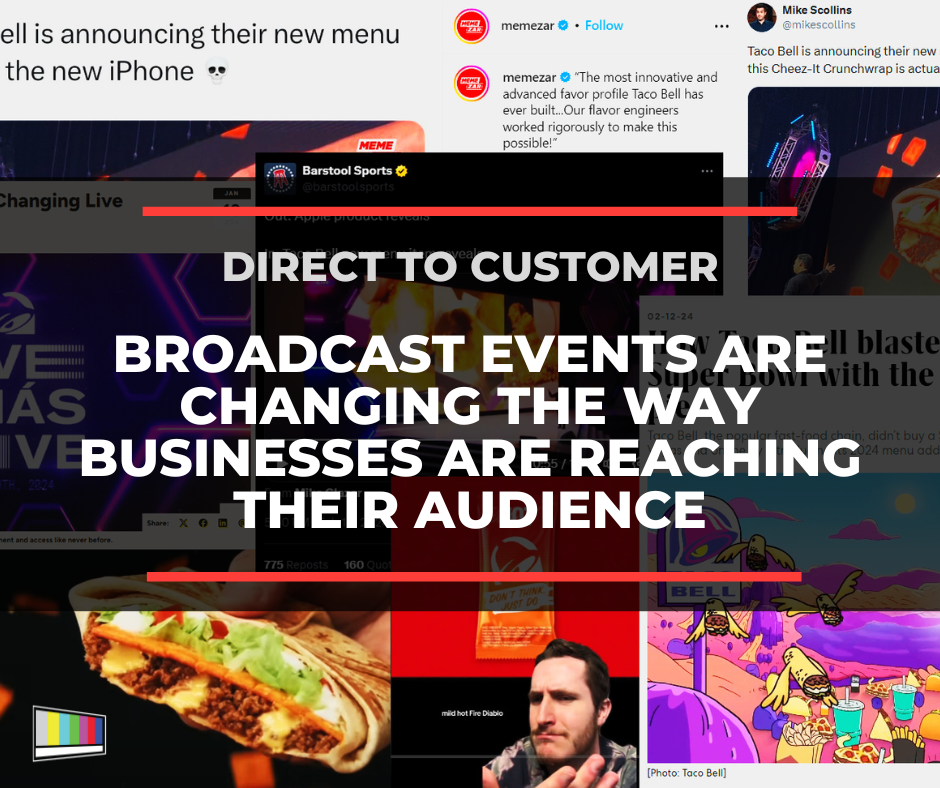
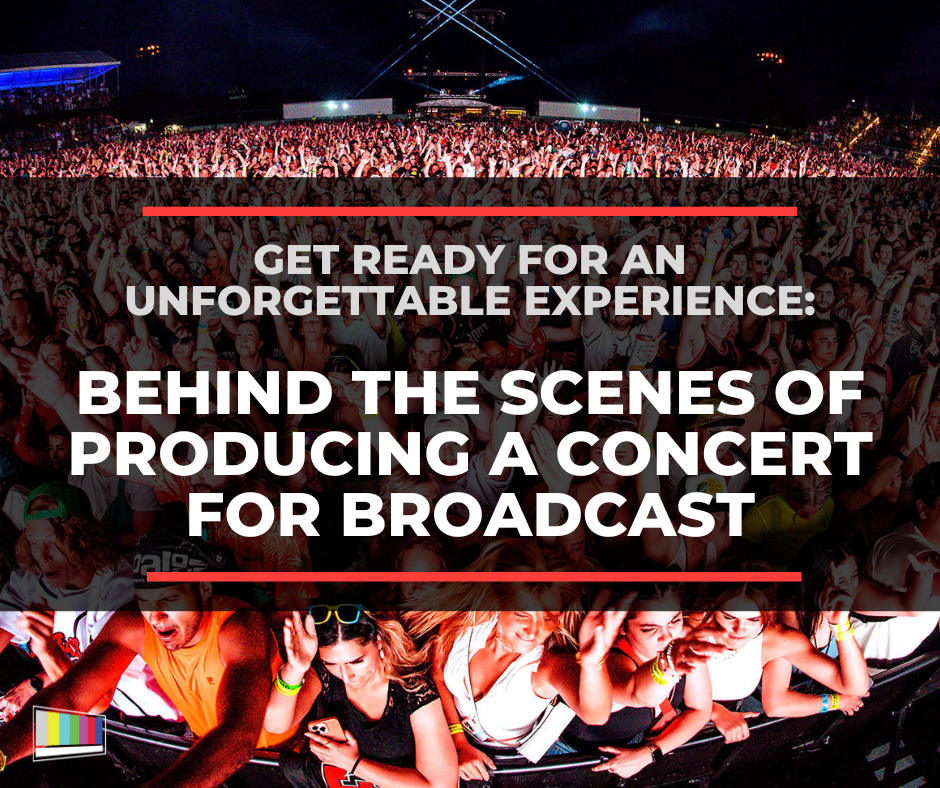


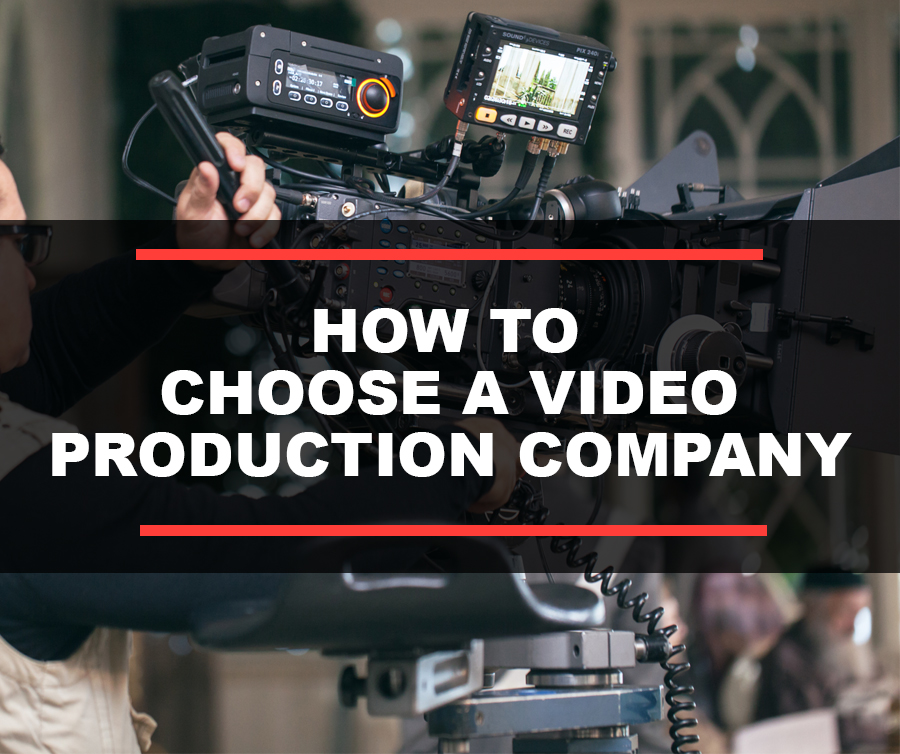
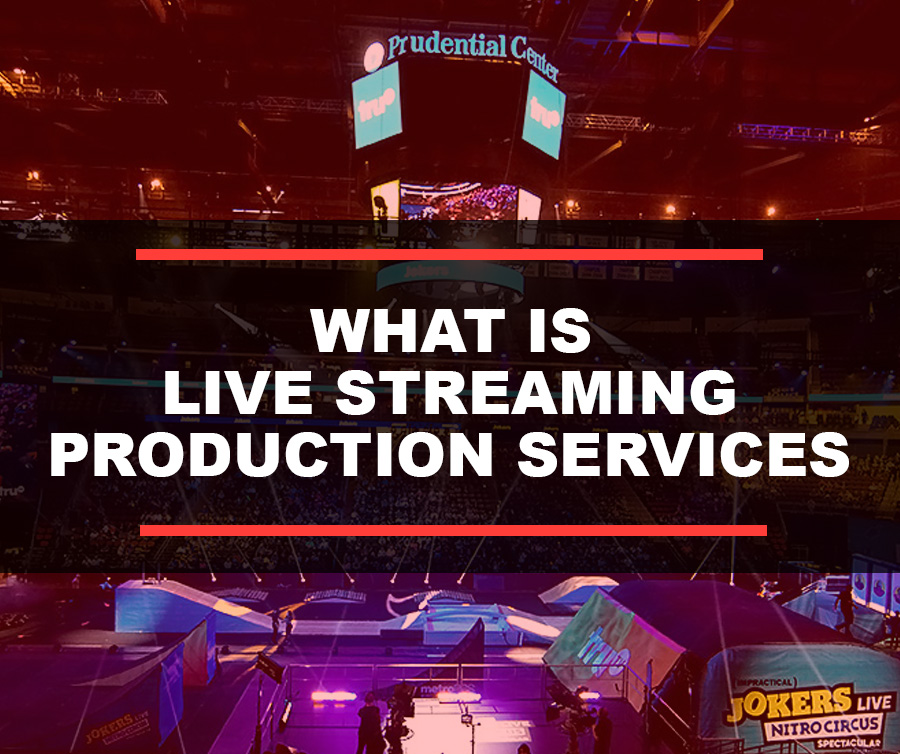

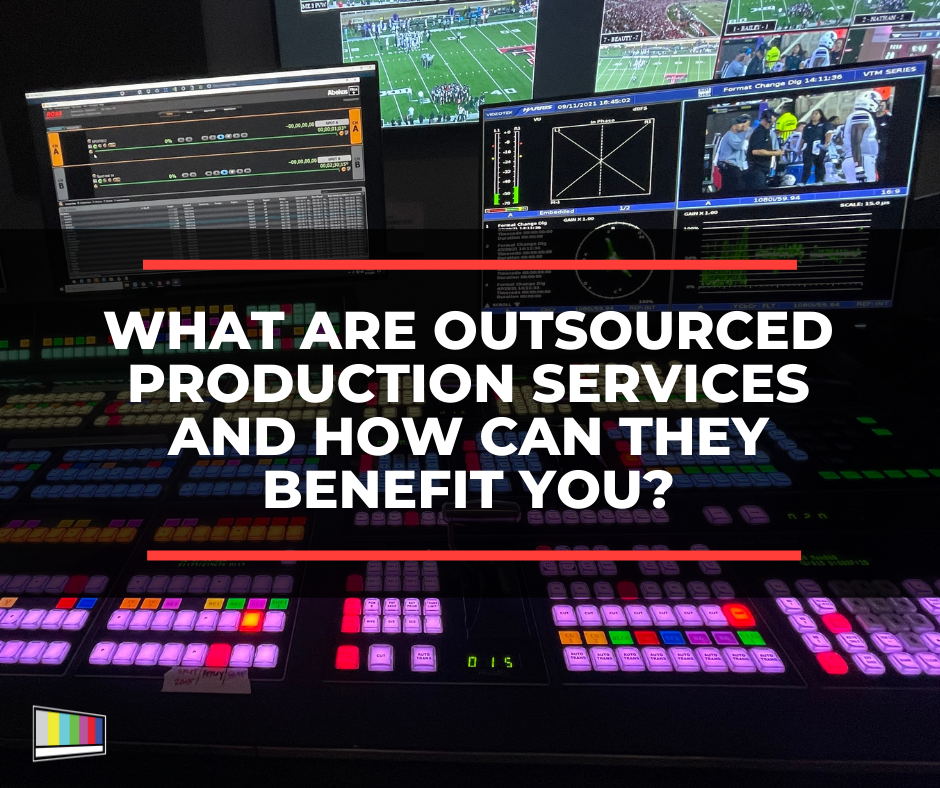



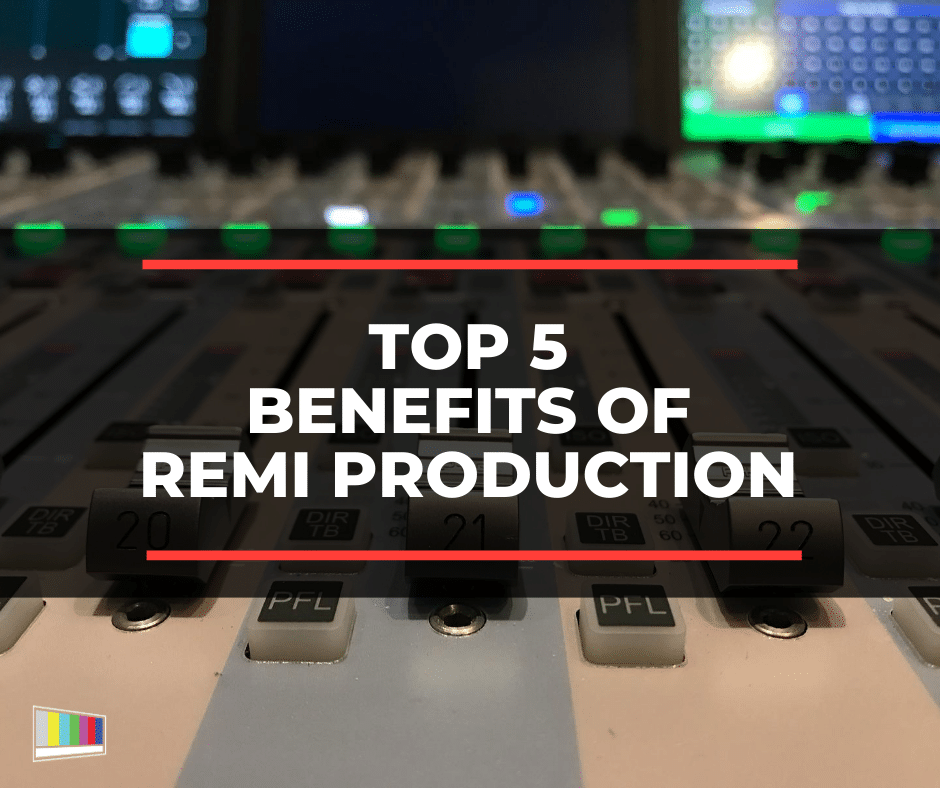
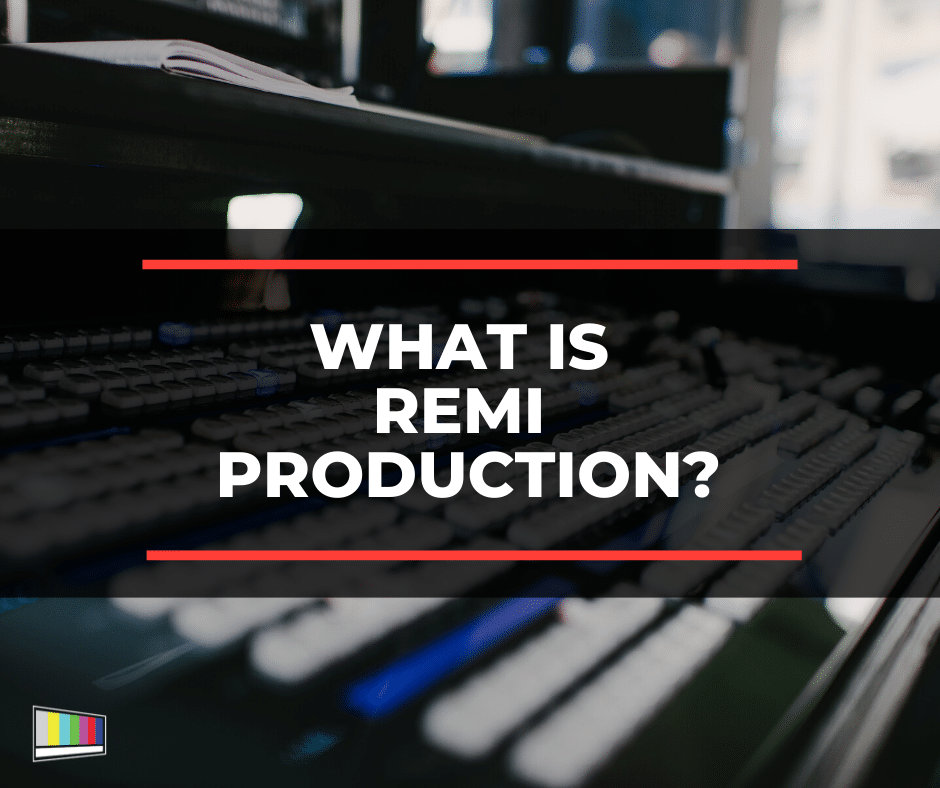
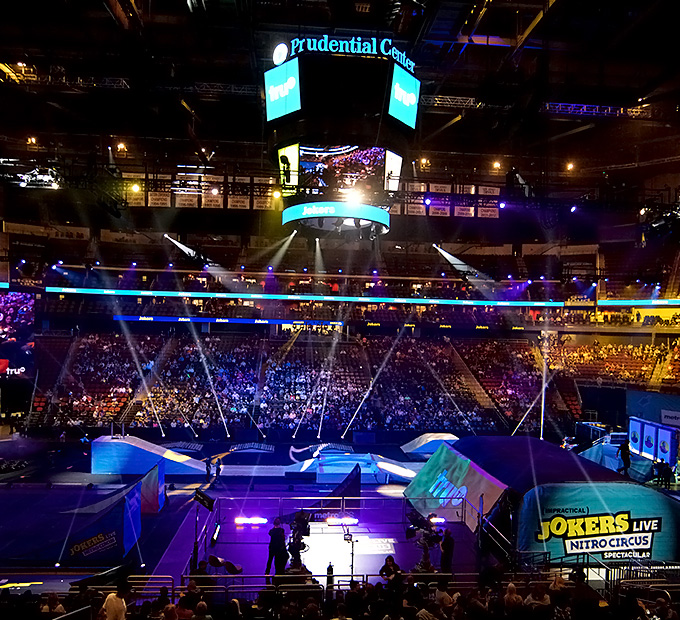
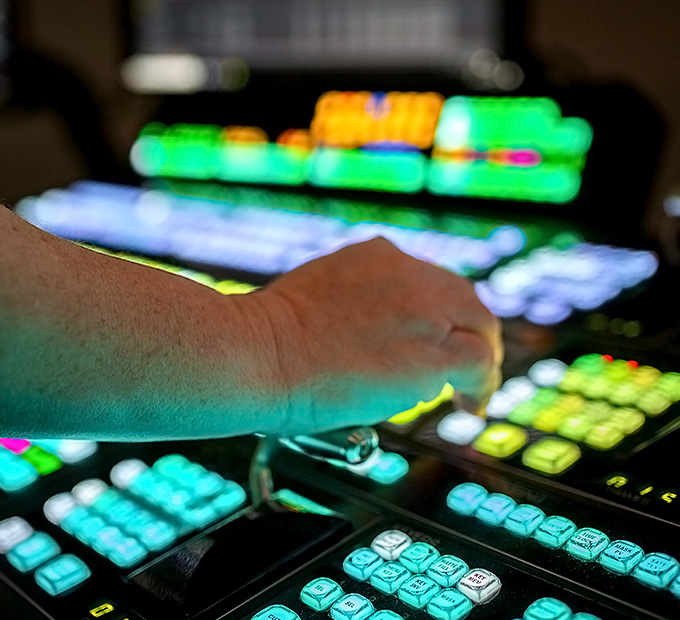
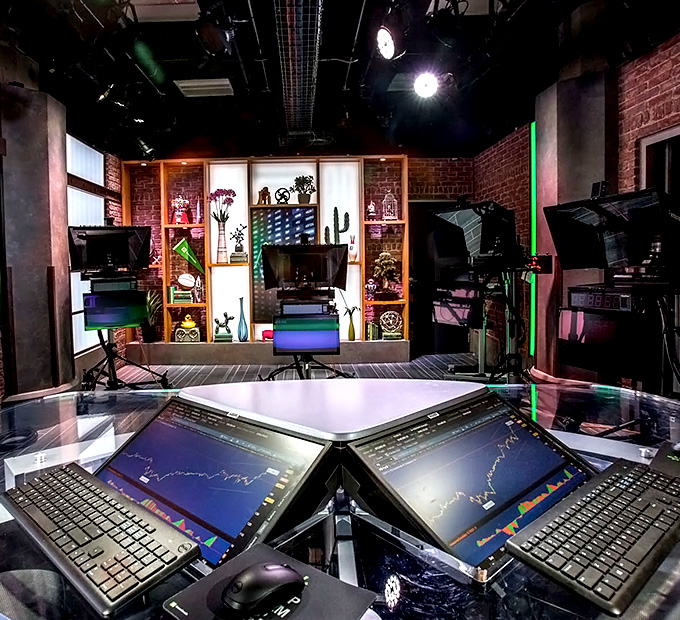

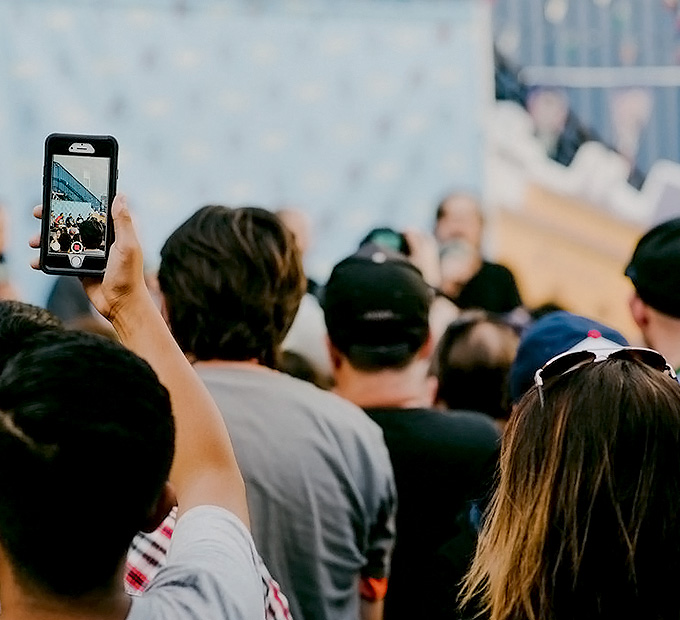
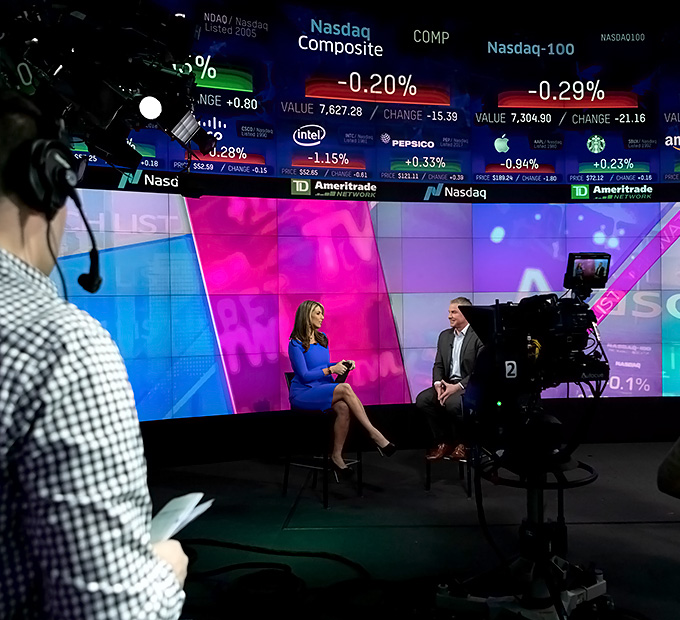
Leave a Reply